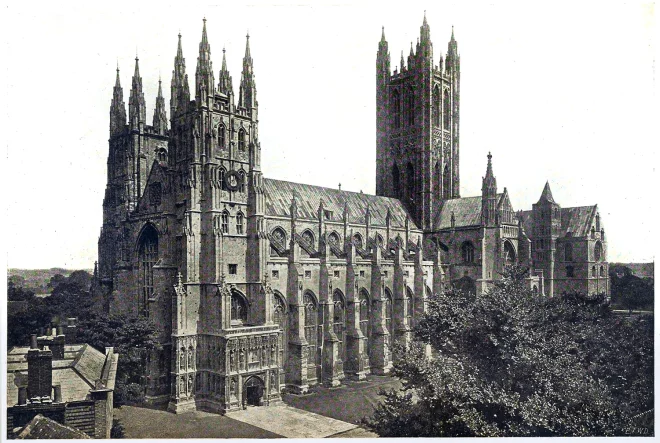Bleached bones, scattered shreds of raiment, bast coverings and cordage used in the careful preservation of the bodies.
Tag: Travel
Historical travel literature of the 18th and 19th centuries. The discovery of the world
The deep grave of the false-headed Mummies.
The narrow vertical shaft, broadening upwards like a funnel, leads downwards to a burial chamber.
The northern Part of Ancon Bay and the millstones of the Necropolis.
A seaward prospect from the Necropolis, commanding the northern section of Ancon Bay. It is taken from the hills in the south-west corner.
The terraced hills South of Ancon in Peru.
The present illustration will serve not merely to explain the topographic relations, but still more to give prominence to a circumstance calculated to throw light on the importance of Ancon in pre-Spanish times.
The bay and Necropolis of Ancon in Peru.
The topographical plan figured on Plate 1 comprises a small portion only of the spacious and picturesque Bay of Ancon. A fuller view is given by this plate.
Plan of Ancon and neighbouring Necropolis.
The plan illustrates the topographical relations in connection with the archaeological aim of this work.
Coffee planter in Laymastotte at the foot of bold crags. Sri Lanka 19th c..
The bungalow of Mr. Crüwell, a coffee planter in Laymastotte near Happootella-pass, which has been built in a very picturesque situation at the foot of bold crags.
Abbotsford, the mansion and estate of Sir Walter Scott in Scotland.
Abbotsford, the well known mansion and estate of Sir Walter Scott, is beautifully situated on the banks of the Tweed, amidst the most enchanting scenery.
Canterbury Cathedral. The ecclesiastical metropolis of England.
The ancient city of Canterbury is chiefly remarkable for its churches, especially for its magnificent Cathedral, which is eight centuries old.
Oporto. View of the city and the Douro River from Fontainhas.
View of the city and the Douro River from the verge of the granite precipice on the north side of the Douro.










